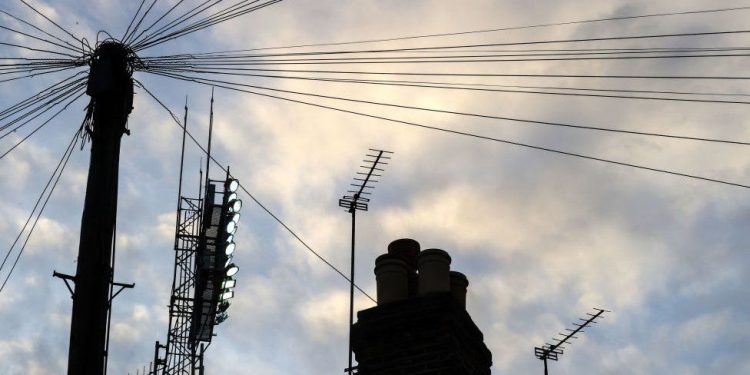In the UK like many countries, we have been relying on a phone network that has been around for many years. While it has served the public well, there is now a change in the service that will see the old PSTN (Public Switched Telephone Network) switched off in 2025. What is the history of the UK’s PSTN Network, and why is this old tech being phased out?
The Start of the Telephone Network
In Victorian times, the telephone became the latest way to communicate. At that time, only the rich could afford to have a telephone, and they were connected to a switchboard operator who would route the call to its destination.
The telephone lines were made from copper wire. These were two lines made into a ‘copper pair.’ These wires were connected from houses to telephone poles and then on to cabinets in the street. These cabinets connected to local exchanges all over the country.
This system has remained largely the same for over 100 years. However, changes were made to the network which has now led to the beginning of a PSTN switch off. It means your business will need to find a PSTN replacement.
The Start of DSL and ISDN
In the 1980s and ’90s, one of the biggest changes happened to the UK telephone system. The development of DSL (Digital Subscriber Line) enabled the copper wire telephone lines to also transmit digital data without affecting calls.
This evolution caused broadband and other data services to flourish. Since then, speeds have continued to increase. However, the company that operates the old PSTN network (Openreach) which was part of BT (British Telecom), has seen a decline in the use of telephone calls.
The Decline of PSTN Fixed Line
For the past 6 years, Openreach has seen a decline in the use of fixed-line services. It has led to half the use it had previously, and this prompted some future thinking.
Many areas of the old PSTN network have had issues because the components are no longer being made. This has made maintaining the network difficult and expensive.
In 2018, Openreach announced that by 2025 the old PSTN network will be switched off. This means calls will only be possible over VoIP (Voice over Internet Protocol.
What does This Mean for Businesses?
Many businesses have been moving over to a VoIP service for a few years. However, there are some systems such as lift communication and door entry systems that may still reply on PSTN.
It is important that if you are in an older building, you check that there are plans in place to replace these old systems with new technology.
This change will have a positive effect on business, as you will be able to do more work and communication in the cloud. It will make virtual meetings and conferences easier to set up and more reliable.
Conclusion
Though the end of the PSTN network may be a concern, there are already systems in place to convert your communications. With planning and the correct setup, your business can see a smooth transition away from copper wires.


